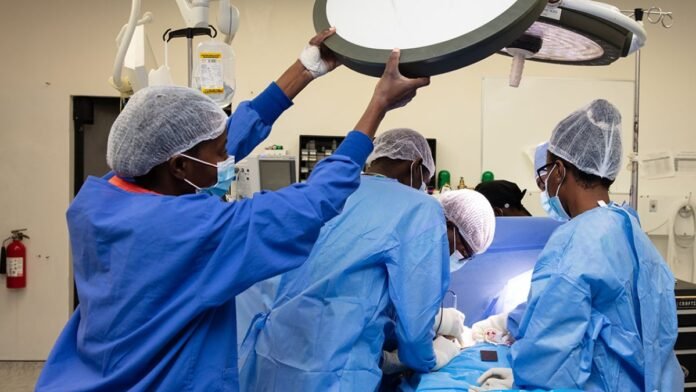When you step into an operation theatre, the space may feel intense, but there’s something quietly reassuring about the cool green or blue worn by surgeons. These colours are not a style choice—they’re the result of decades of science, experience and safety considerations that have shaped modern surgery.
Doctors spend long hours looking at blood, which means their eyes are constantly exposed to the colour red. After staring at this shade for too long, the retina becomes fatigued, and when surgeons shift their gaze to something pale or white, the brain automatically creates an opposite, greenish afterimage. This visual effect can be distracting, uncomfortable and even disorienting.
In the early days, surgeons operated in white coats, and operating rooms often had white walls. But after prolonged exposure to blood, these white surfaces would appear tinted with green, causing strain and dizziness. In the early 1900s, especially between 1914 and 1920 in the U.S. and Europe, several surgical mistakes were linked to this problem, prompting a shift from white to green attire.
There’s also a scientific advantage in the way colours interact. On the colour wheel, red stands out the most against green-blue shades. This contrast is crucial during surgery because it makes blood easier to see. On white or yellow backgrounds, red tends to blend in, making it harder to judge bleeding accurately. But against blue or green gowns, even slight bleeding becomes more noticeable, allowing surgeons to work with greater precision and safety.
Surgeries often stretch for many hours, and the calmness of green and blue plays another important role. These hues are known to reduce eye strain, soothe stress and help maintain concentration for long periods. NASA uses similar tones in control rooms for the same reason—they help the mind stay sharp.
Today, the use of colour in hospitals has expanded into a clear system of identification. General surgeons usually wear green, neurosurgeons often choose blue, and paediatric surgeons may use softer shades like pink or light blue. These choices support better visibility while also helping staff and patients recognise departments easily.
What began as a simple shift to avoid visual confusion has now become an essential part of surgical practice, proving that the right colours can truly make a life-saving difference.



